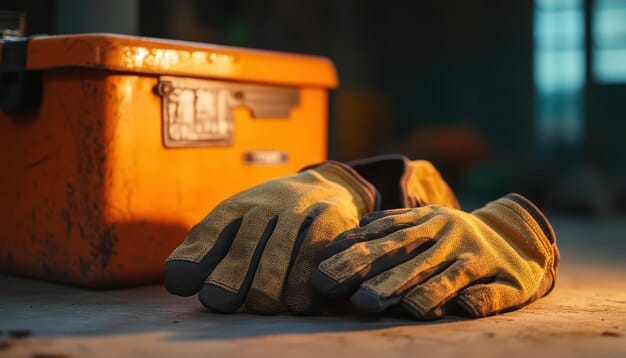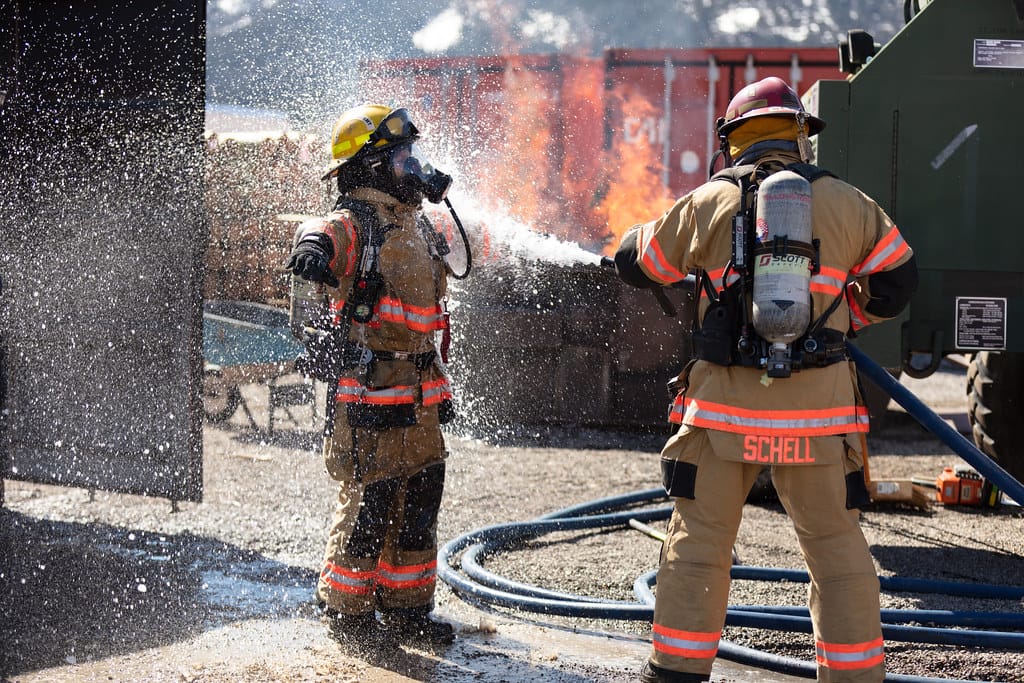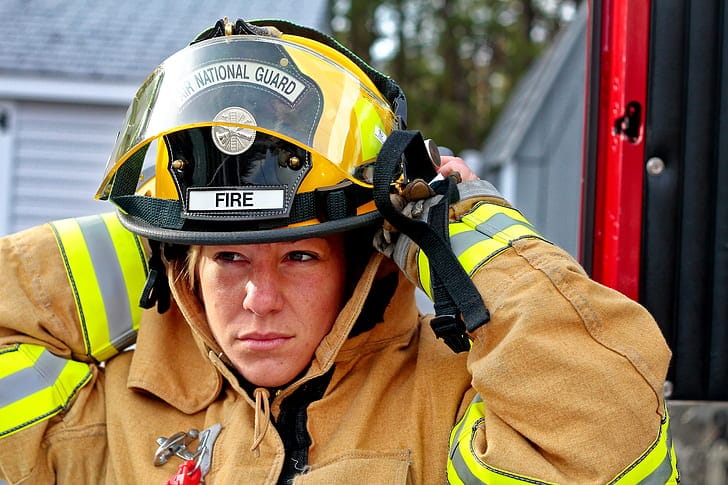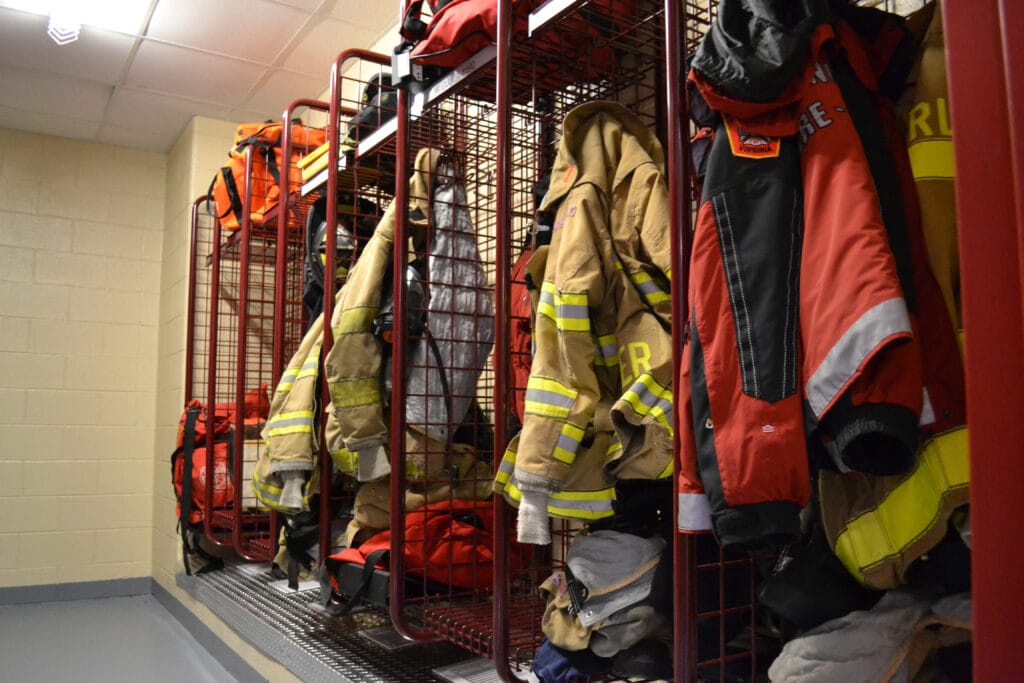
When it comes to workplace safety, hands are on the front lines. They handle tools, touch surfaces, and face direct exposure to heat, flame, sparks, and even molten metal.
That’s why Flame Resistant (FR) work gloves are an essential part of any serious PPE program—especially in industries where high temperatures and fire risks are part of the job.
But not all gloves labeled “FR” are equal. Here’s how to understand what real FR gloves are, and how to choose the right pair for your crew.
What Makes Gloves Flame Resistant
True FR gloves are made from materials that resist ignition, do not melt or drip, and self-extinguish once the flame source is removed. They’re designed to:
- Protect against burns, radiant heat, and flash fires
- Maintain structure and coverage in high temperatures
- Resist shrinkage or degradation under heat exposure
- Offer dexterity while still insulating hands
⚠️ Beware of gloves marketed as “fire-resistant” without any standard—many are only heat-resistant temporarily or melt under arc flash.
✅ Look for gloves tested to ASTM, EN, or NFPA standards, not just "FR-looking" materials.
Applications: Welding, Electrical, Oil & Gas
FR gloves are used across multiple industries with different hazard profiles.
🔹 Welding & Fabrication
- Exposure to sparks, molten metal splatter, and UV radiation
- Needs: High heat resistance + dexterity
🔹 Electrical Utilities
- Protection from arc flash, energized equipment
- Often worn with rubber insulating gloves + leather protectors
- Needs: Arc-rated, non-conductive, ASTM F2675 compliant
🔹 Oil & Gas / Refinery Work
- Risk of flash fire, chemical exposure, hydrocarbon fires
- Needs: NFPA 2112-certified gloves with oil resistance
🔹 Foundry / Metal Processing
- High-temperature contact, molten splash, radiant heat
- Needs: Heavy-duty leather or aluminized outer gloves
✅ Pro tip: Match gloves not just to job title—but to the specific hazard your team faces daily.
Glove Materials: Leather, Kevlar®, Carbon Blends
FR gloves are made from materials that offer thermal resistance without sacrificing flexibility.
Common materials:
| Material | Properties | Best Use Case |
|---|---|---|
| Split Cowhide Leather | Durable, good heat resistance | Welding, general work |
| Goatskin Leather | Softer, more dexterous | Tig welding, light maintenance |
| Kevlar® | Cut resistance, flame resistance | Utility work, glove liners |
| Carbon fiber / Nomex® blends | Lightweight, arc flash resistant | Electrical work, CAT 2+ environments |
| Aluminized Fabric | Reflects radiant heat | Foundry, metal pouring environments |
✅ Combine materials for best performance—e.g., Kevlar® lining + leather palm for cut + flame protection.
Dexterity vs. Protection: How to Balance
A glove that’s safe but too stiff won’t get worn. A glove that’s flexible but melts? Even worse.
Look for gloves with:
- Pre-curved fingers for comfort and grip
- Gunn or wing thumb design for less stress at seams
- Kevlar® stitching, which won’t burn or melt
- Reinforced palms for durability in high-contact areas
- Flexible cuffs that seal under or over sleeves
Consider task-specific gloves: some jobs need full insulation, others need touch precision. Don’t use one glove for everything.
Testing Standards and Arc Ratings for Gloves
Reliable FR gloves are tested and certified under specific standards:
🔹 Arc Flash Standards
- ASTM F2675: Arc rating test method for gloves
- Arc Thermal Performance Value (ATPV) or EBT must be listed
- Required for gloves used in NFPA 70E environments
🔹 Flash Fire Standards
- NFPA 2112: For gloves exposed to flammable vapors
- Must self-extinguish in <2 seconds, ≤50% body burn
🔹 EN Standards (Europe)
- EN 407: Heat and flame resistance (contact heat, radiant heat)
- EN 388: Abrasion and cut resistance
- EN 12477: Specific for welding gloves
✅ Always ask suppliers for glove test reports or third-party certificates—not just marketing terms.
Proper Fit and Glove Maintenance
Fit tips:
- Gloves should allow full finger closure without stretching
- No excessive slack—loose gloves reduce grip and precision
- For arc flash work, gloves must be worn inside sleeves to prevent energy gap
Maintenance tips:
- Store in cool, dry areas—away from oil and sunlight
- Replace if:
- Outer material is hardened, cracked, or scorched
- Stitching unravels or cuff integrity is lost
- Label is no longer legible
✅ Always inspect gloves before each shift—damage might not be visible until it’s too late.
Conclusion
Hands are among the most frequently injured body parts in industrial settings. When the risk includes flame, arc, or extreme heat, regular gloves simply won’t cut it.
FR gloves provide the protection your team needs—without compromising grip, movement, or comfort.
When sourcing FR work gloves:
- Match the glove to the hazard and task
- Choose the right materials for dexterity and protection
- Confirm certifications like NFPA 2112, ASTM F2675, or EN 407
- Educate your team on fit, usage, and inspection
Need help choosing gloves for arc flash, hot work, welding, or oilfield safety? I can help recommend models based on your use case, industry, and budget.
📩 Contact: [email protected]
🌐 Visit: www.workwearsolutions.net
Zion Zhang
Recent Posts
 FR PPE Maintenance Program: How to Extend Lifespan and Ensure Safety2025年6月27日Flame Resistant (FR) clothing saves lives—but only if it […]
FR PPE Maintenance Program: How to Extend Lifespan and Ensure Safety2025年6月27日Flame Resistant (FR) clothing saves lives—but only if it […] FR Clothing for Women: Safety, Fit, and Function Without Compromise2025年6月27日If you walk onto a jobsite today, chances are you’ll see […]
FR Clothing for Women: Safety, Fit, and Function Without Compromise2025年6月27日If you walk onto a jobsite today, chances are you’ll see […] Flame Resistant Accessories: Balaclavas, Hoods, and Neck Gaiters2025年6月27日When it comes to PPE, most teams focus on jackets, gloves, […]
Flame Resistant Accessories: Balaclavas, Hoods, and Neck Gaiters2025年6月27日When it comes to PPE, most teams focus on jackets, gloves, […] FR Rainwear: Staying Dry Without Compromising Safety2025年6月27日When the weather turns bad, staying dry isn’t just about […]
FR Rainwear: Staying Dry Without Compromising Safety2025年6月27日When the weather turns bad, staying dry isn’t just about […] Flame Resistant Base Layers: Hidden Protection with Maximum Impact2025年6月25日Most people think FR protection starts and ends with […]
Flame Resistant Base Layers: Hidden Protection with Maximum Impact2025年6月25日Most people think FR protection starts and ends with […] FR Coveralls vs. FR Shirt and Pants: Which Is Better for Your Team?2025年6月25日When it comes to protecting your team from heat, flame, and […]
FR Coveralls vs. FR Shirt and Pants: Which Is Better for Your Team?2025年6月25日When it comes to protecting your team from heat, flame, and […]
CONTACT US
- Feel free to contact us any time. We will get back to you as soon as we can!
- +86-17330061805
